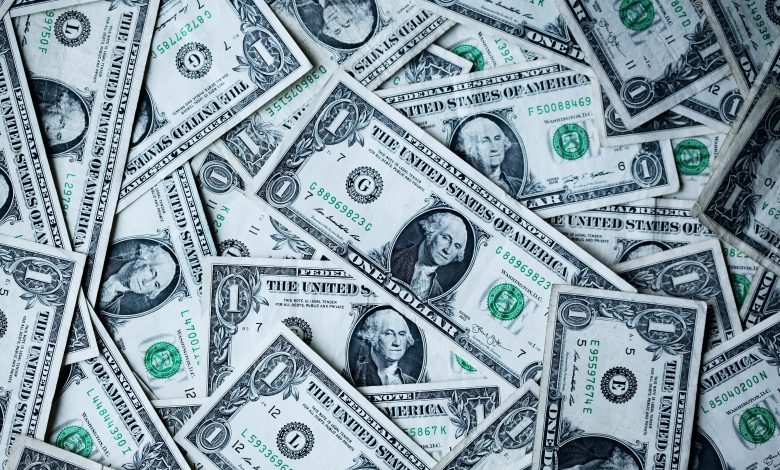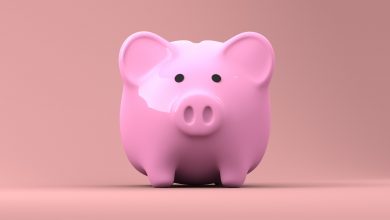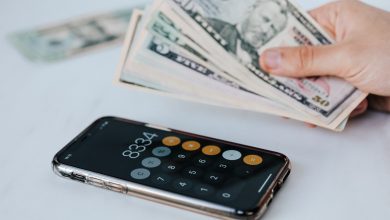
Sometimes the toughest situations are those in which you just don’t have the funds that you need to get something done. Of course, this funding requirement is not always a large one, but the lack of funds significantly hampers your ability to achieve an outcome that you desire.
Your savings can’t help you here because there’s just not enough. Sometimes you don’t have any savings at all. Either way, you need funding in a pinch, or things may not end very well. When this happens, you may start considering getting a loan.
That’s why loan facilities exist, right? The point is to help you by giving you a lump sum of money to do what you need to. Following the provision of the loan, you agree to repay it in installments at an agreed interest rate.
There are numerous loan types that are geared towards special needs. For example, you could take out a mortgage to purchase a home, or you could take out an auto loan to purchase a new car.
However, the focus of this article is on personal loans. Personal loans are those that you take to get you through a hard situation or to set your finances back on track.
Personal loans can be smaller than a month’s paycheck, or they can be many multiples of the said paycheck. This all depends on the type of personal loan you take and the reason that you need it.
Speaking of types, there are several personal loan types that you can choose from. It’s always good to understand how they work and how they can benefit you so that you can get the one you need whenever a situation arises.

Secured Loans
All personal loans fall under one of two categories, which are secured loans and unsecured loans. Before looking at some of the specific loan types, its good to understand how the categories that they fall under differ from each other.
The concepts of “secured” and “unsecured” refer to the level of assurance that the lender has upon providing you with the loan. A secured loan requires you to ante up collateral before your loan can be approved. Doing so gives the lender security because the item(s) that you used as collateral can be seized if you default on your payment.
There are secured loans that don’t require physical items that can be taken for collateral. You can sometimes alternatively approve a standing order against your bank account. This allows the lender to withdraw an agreed sum at intervals until the balance of the loan has completely been paid.
Secured loans tend to have lower interest rates than their unsecured counterparts. This is because the interest rate on a loan is often a direct reflection of the level of risk that a lender is undertaking. When there is something that the lender can use as security, this risk is greatly reduced, since there is another way to recover the cost of the loan.
The value of the collateral you use also has another advantage. If the value is high enough, you are likely to be able to access higher loan amounts. Again, this is just an effect of having a loan that gives additional security to the lender.
Of course, if you don’t pay the loan, there’s nothing preventing the lender from taking your collateral item(s) away. You can’t just lock the item away, as the lender legally owns it and law enforcement can get involved.
Unsecured Loans
This is the other side of the coin where loans are concerned. There’s no need for you to provide collateral here, as security is not provided in that manner. Instead, the approval of these loans is based on the way the lender perceives your ability and willingness to repay.
The best measure of this is to use your credit history. Though it isn’t fool proof, the chances are that, if you usually pay on time, you are going to continue to pay on time. Similarly, if you’re a late payer, then that probably won’t change anytime soon.
Of course, it’s not just a matter of a good payment schedule versus a bad one. There’s the matter of how much of your earnings is tied up in debt, your employment status, etc. These factors contribute to the amount that you can borrow and the kind of interest that you must deal with.
Note that people with bad credit can access unsecured loans; however, the interest rates that they are given tend to be much higher. The reason for this is the same risk factor that was discussed earlier. The lender deems someone with bad credit as a higher risk, so that person is given a higher interest rate.
While the risk to the lender is debatable, the risk on your end is much more favorable here than it is with a secured loan. After all, you don’t need to worry about any of your assets being seized.
Interest tends to be pre-calculated with these loans, so you are given a fixed monthly payment that factors the said interest in. This means that you have a measure of exactly how long it should take you to finish paying the loan off.
If your credit is good, then you are rewarded for it when you opt for an unsecured loan because the terms that you get are much better.
However, since the loan is unsecured, the amount that you can borrow is not likely to be as high as it would be if you opted for a secured loan.

Personal Loan Types
Now that the two categories have been covered, it’s time to look at some of the loans that fall under either category.
Payday Loans
Whenever you’re in a bit of a pickle and your salary is too far away to help, you may start looking up “payday loans near me” on your favorite search engine, as you seek a way to get yourself out of this bind.
You are likely to find results from loan agencies, credit unions, and even a few banks. Regardless of where you get the loan from, the concept of a payday loan remains the same.
As the name implies, this loan is borrowed for the short term. The amount that you can borrow is based on your salary, since you need to be able to pay it back within 30 days in most cases. Since the term is short, you tend to find that payday loans have some of the steepest interest rates. The sound of the figure may not be large because the principal is small, but if you were to calculate it as an annual rate, the number might be above 300% APR.
Wedding Loans
These are special-purpose loans that can be taken to pay for your wedding. A wedding is a milestone that you only get to do once in most cases, so people usually want to make it special.
Doing this tends to come with a hefty price tag. The happy couple can’t always afford the astronomical cost, so loans often get thrown into the mix. Having good credit is a plus here because you can get favorable terms.
Debt Consolidation Loans
These loans have saved many people from the onslaught of debt that they managed to amass. The concept is very simple. Imagine that you have five different sources of debt that you pay a total of $700 to monthly. That is a huge chunk of your paycheck that’s being split amongst five different creditors.
What if the amount you owe didn’t change, but you were able to replace the five sources of debt with one?
When you get a debt consolidation loan, the lender provides you with a lump sum that can be used to pay all your existing sources of credit in full. This is the reason that it is seen as a consolidation, because you bring all your debt under a single umbrella. The monthly payment that you have for the one loan tends to be significantly less than what you paid in total across all the others.
So in the example used above, instead of the total figure going to debt being $700, you may end up paying just $200 a month to a single creditor.
If some of these debts that you’re clearing relate to credit cards, you get to improve your credit card utilization, and you get the balances back to use in case of emergency.
Credit Builder Loans
These loans exist to help you get better credit for when you need it. You can’t have a credit score if you’ve never used any form of credit. You can’t have a good credit score if you don’t have a reputation for on-time payments.
These loans can be secured with a bank account, or they can be completely unsecured. The premise is that you take this loan and make your payments on time. In fact, if your only need is to get better credit, you don’t even need to use the money that you get to make any purchases.
You can simply use that money to pay the loan. That means the only thing you’d pay out of pocket is the interest and the difference in any fees associated with getting the loan. These loans are not usually big, and so they are paid off in just a few months.
Line of Credit
This is a lot like a credit card, but there is no physical card, and the interest rate is significantly lower. You simply get a source of credit that you use when you need to.
So you know that you have a certain amount of cash that you can move to your account at will. As you pay the balance off, you get access to that figure again. The best part is that the interest that you pay is only on what you borrow.
Vacation Loans
These loans are unsecured, and they tend to be taken for the purpose of travel and having a good time. Of course, you need to accept that you’re putting yourself in a position to spend months or years paying for a loan that brought you probably a week of enjoyment.



